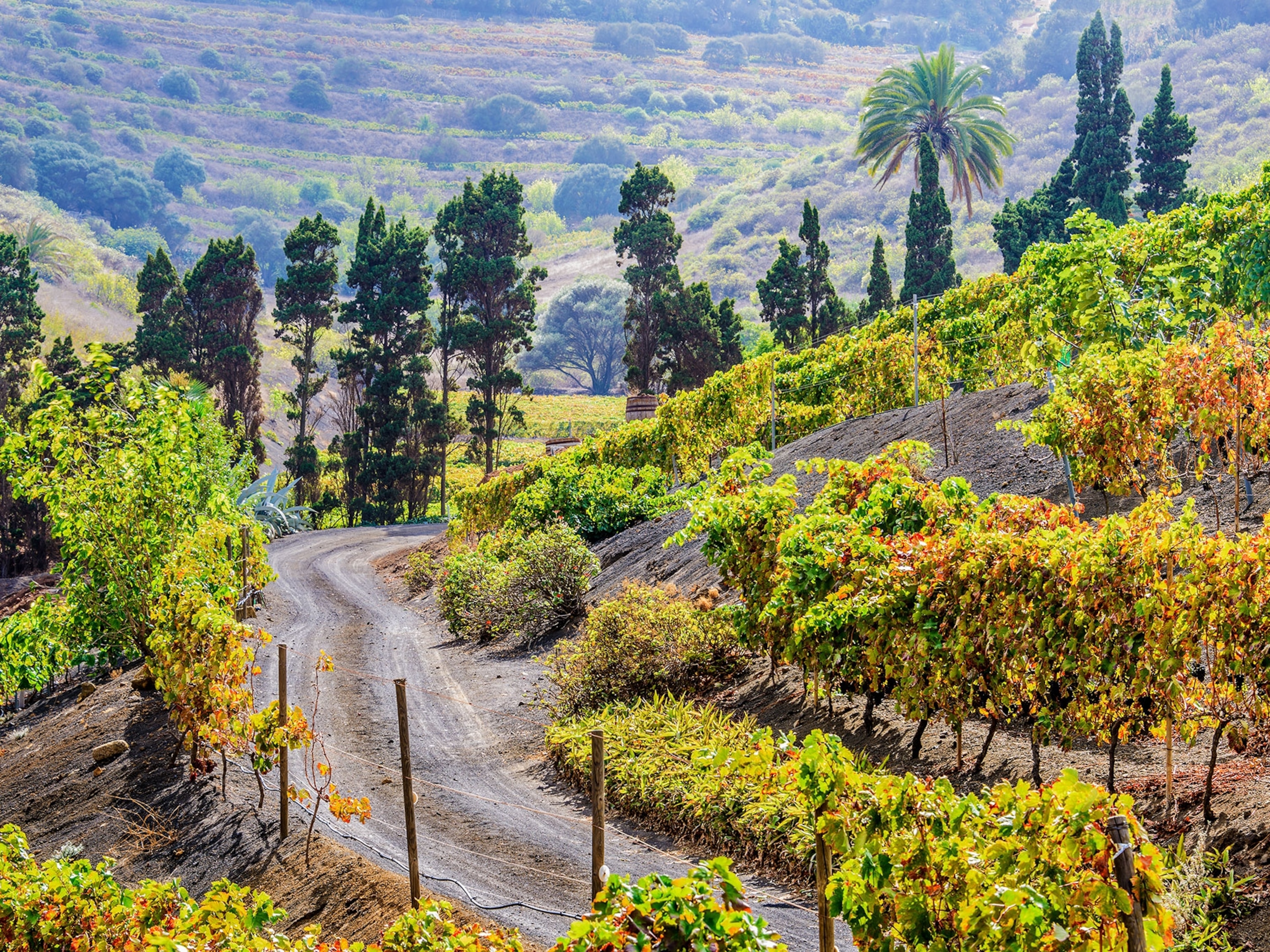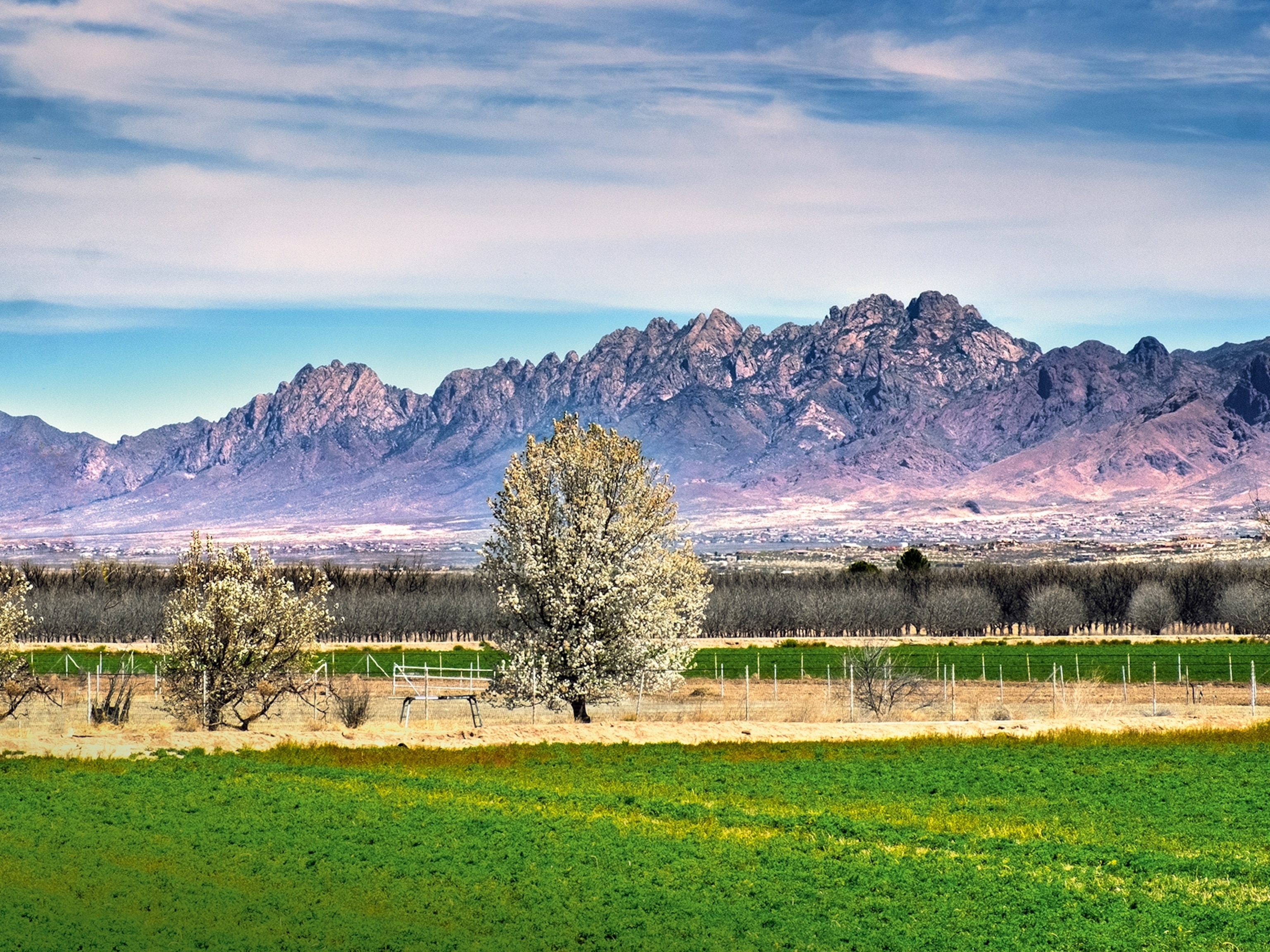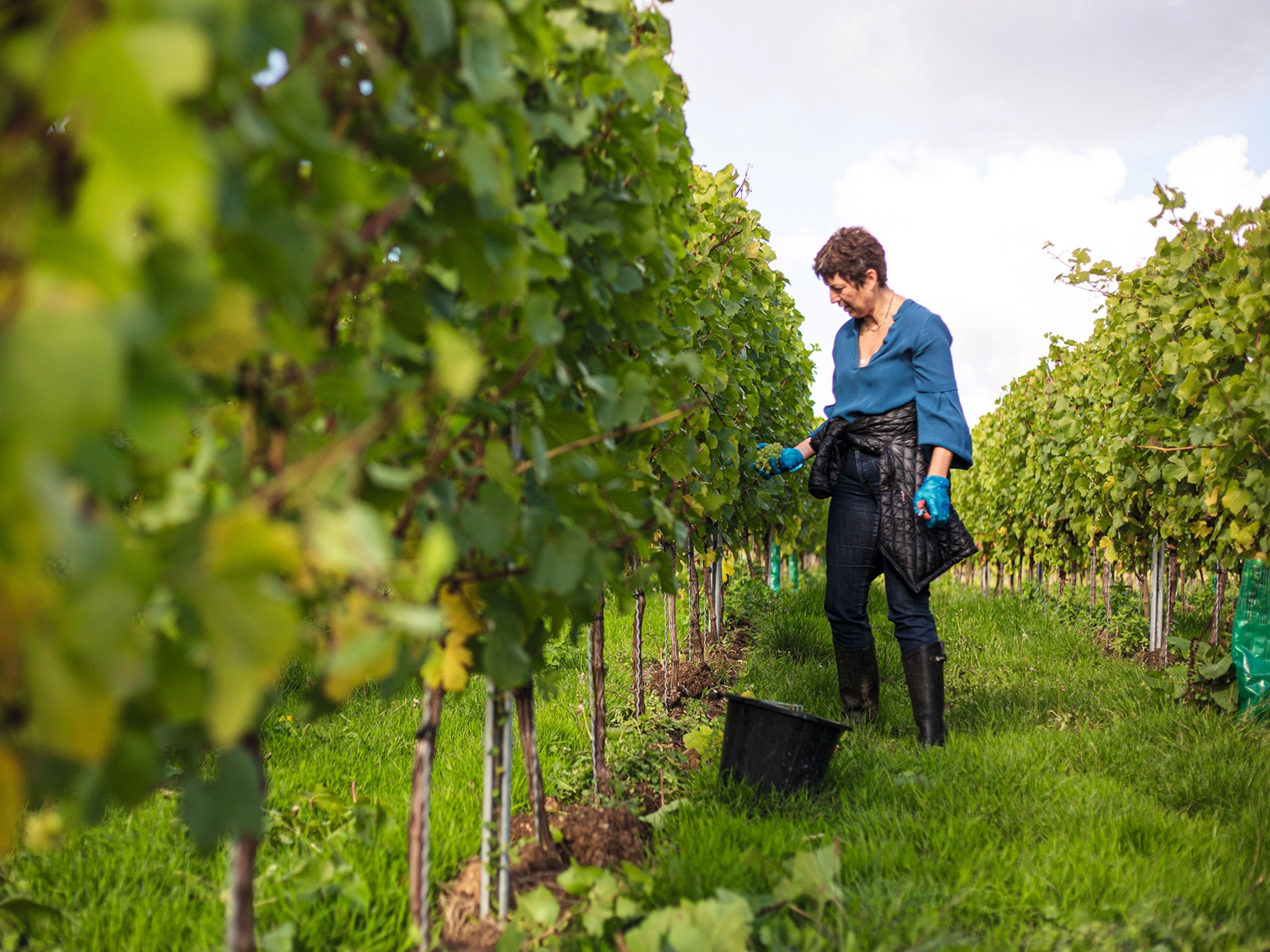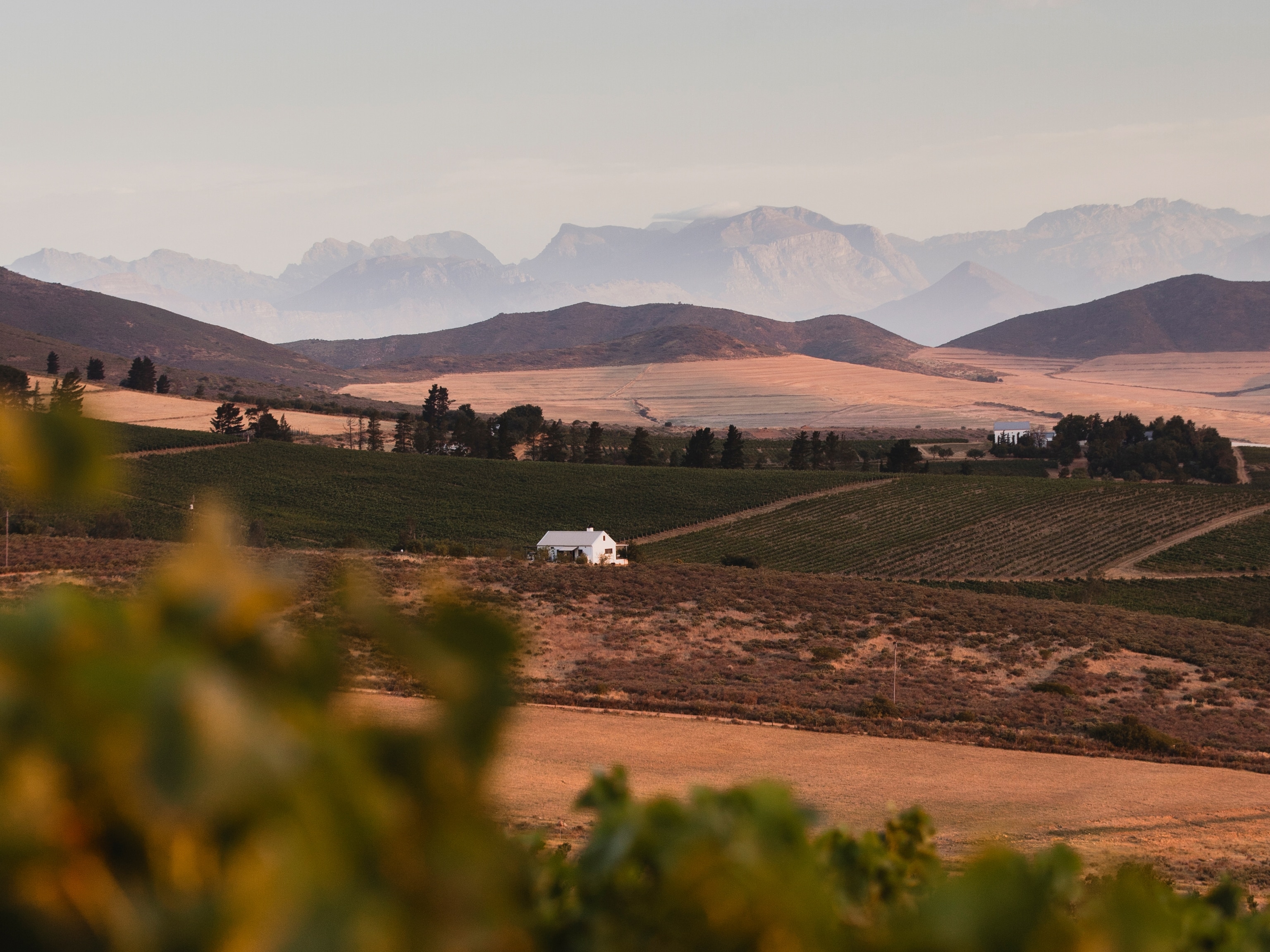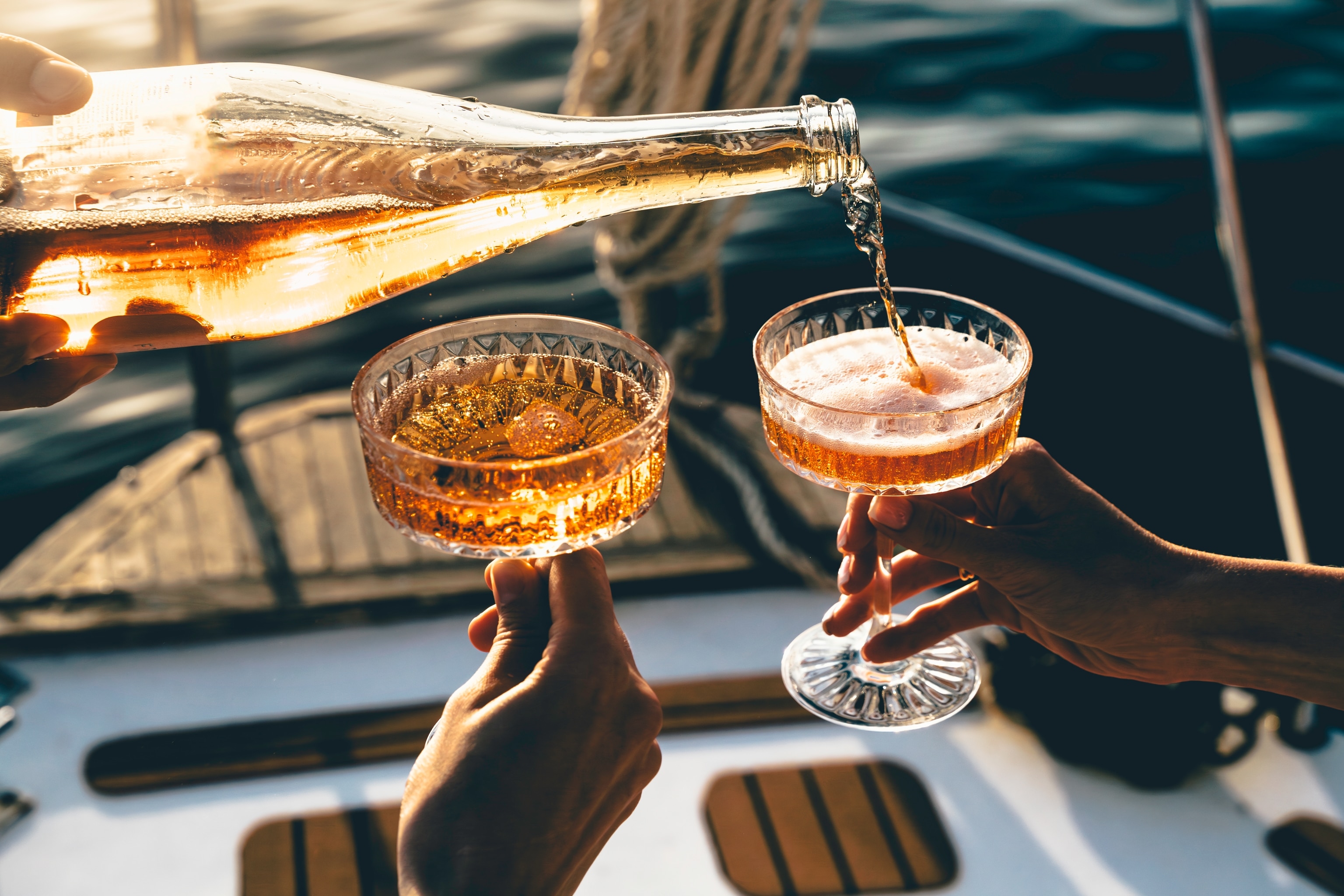
What you need to know about sparkling rosé and where to find it in Europe
Often overlooked, sparkling rosé is a fun alternative to standard fizz that makes for some terrific food pairings.
Given that rosé and sparkling are two of the most popular wine styles, you’d think the combination of the two would be a real crowd-pleaser. But, while its popularity is on the rise, sparkling rosé still only sells a sixth of the amount of standard fizz, according to figures from retailer Majestic Wine.
Across the wine world, attitudes to pink fizz vary. In the case of the most famous rosé-producing region, Provence, I suspect the preference for still wine is due to the fact that you often have to add extra sugar to sparkling wine, whereas Provence rosé is usually bone dry. In the Prosecco region, by contrast, a dash of pinot noir adds an appealingly fruity note to what can be a bit of a dull drink.
This, by the way, is often how pink fizz is made — by adding red wine to a still wine base then creating the bubbles in the usual way, which, in the case of champagne and similar, champagne-style wines, means undergoing a secondary fermentation in the bottle. In fact, sometimes the producer will simply leave the juice in contact with dark-skinned grape skins.
Prices can vary considerably, depending on the quality of the wine, how long it’s aged and the reputation of the house. Of course, supermarket own-label champagne is usually much cheaper than ‘grand marques’ like Billecart-Salmon, Laurent-Perrier and Ruinart.
Often, a rosé sparkler commands a premium over the equivalent non-rosé fizz in a producer’s range. That might initially seem hard to justify, but the reason appears to be that it’s a more expensive process. English producer Black Chalk makes a lovely, delicate rosé, which, according to its chief executive and winemaker Jacob Leadley, requires their best pinot. “The clones [of the vines] are managed to produce fruit that’s full of the red fruit aromas and flavours we need for the Wild Rosé,” he explains. “It needs a lot more work in the winery.” That said, I suspect some producers charge more simply because they can — Dom Pérignon Rosé costs around £350, for example, compared to £200 for a standard bottle.
The other thing that makes sparkling rosé an interesting drink is its strength as a food wine. Vintage rosé champagnes are often served with red meat at gastronomic dinners — they make a great show-off pairing with raw beef dishes like steak tartare and carpaccio or with rare veal or lamb, not to mention a spectacular all-pink colour combination with grilled lobster.
Ultimately, though, there’s something wonderfully playful about pink fizz and maybe none more so than the latest recruit to the category — pet nat, or pétillant naturel. It’s a fashionable style of natural wine that’s bottled after a few months rather than aged for years — and, in the case of rosé, the results are fresh, fruity and just perfect for a sunny afternoon.
Five sparkling rosés to try
1. Adnams Pinot Noir Fizz Rosé
I’m not sure how indie wine merchant Adnams manages to sell this fabulously fruity French rosé at a prosecco price, but it’s actually a lot nicer — and drier — than most prosecco. Fun label, too. A brilliant summer party or picnic fizz. £8.99.
2. Cava Vilarnau Brut Rosé Reserva 2020
An impressive sparkling rosado, as the Spanish call it, in a wonderfully elaborate bottle. This full-bodied pink fizz would pair well with robustly flavoured tapas, such as gambas al ajillo (garlicky prawns). £13.99.
Anyone who doubts that England can come up with champagne-quality wine should taste this raspberry-scented pink fizz from one of the UK’s most exciting young producers, Black Chalk. Sip with smoked salmon canapes. £43.
4. Moussamoussettes 2021 Rene Mosse
It’s hard to think of a more joyous, exuberant expression of summer than this pétillant naturel, or pet nat. Fizzy, hazy, bursting with rhubarb and red berry fruit, it’s pure happy juice. The ideal drink for a summer’s day by the sea. £24.95.
5. Devaux ‘Oeil de Perdrix’ Rosé Champagne
The name refers to the delicate shade of pink around the rim of a partridge’s eye. A pretty champagne with some delicious red berry fruit that you could drink with food — salmon maybe. £29.99.
To subscribe to National Geographic Traveller (UK) magazine click here. (Available in select countries only).

